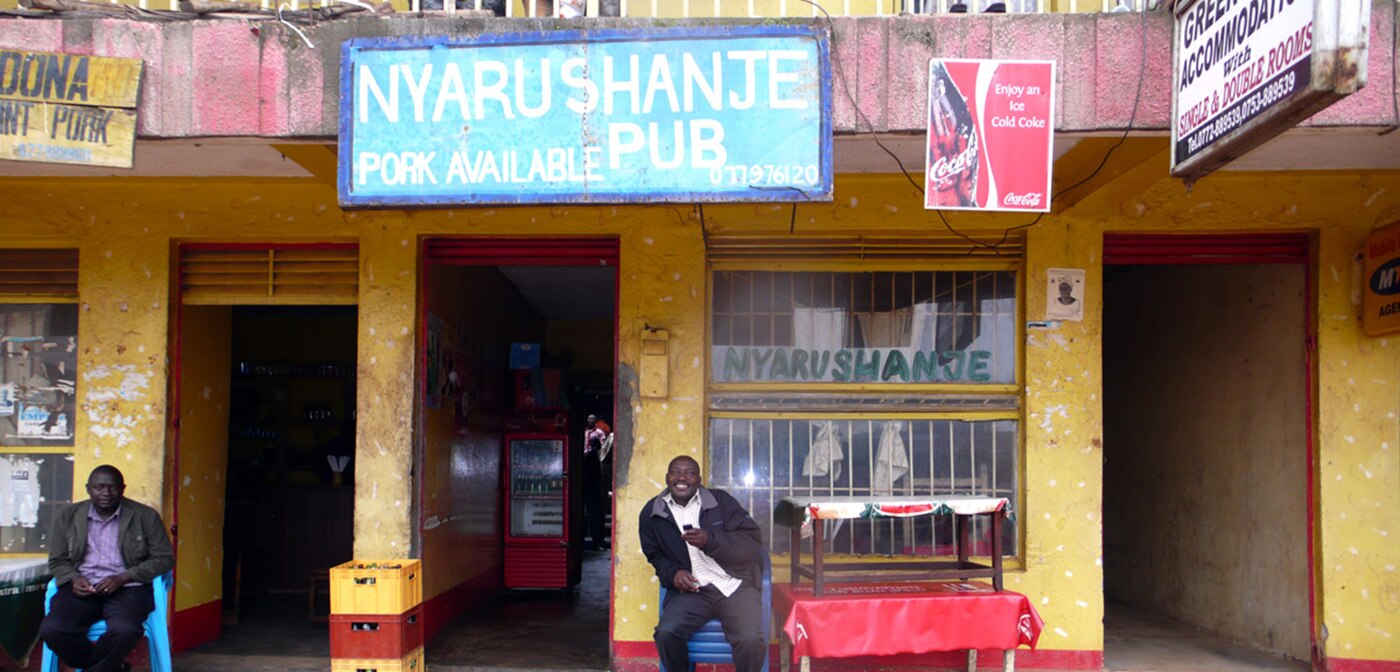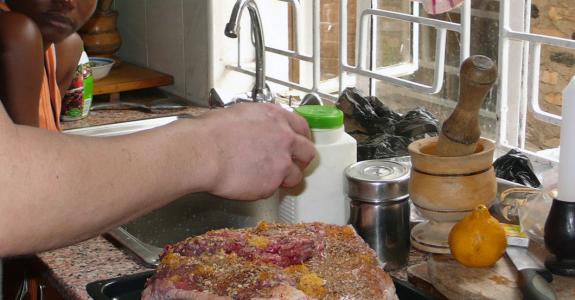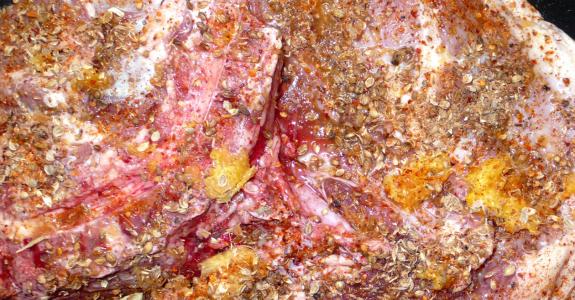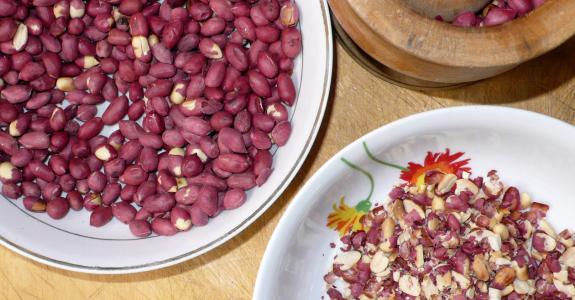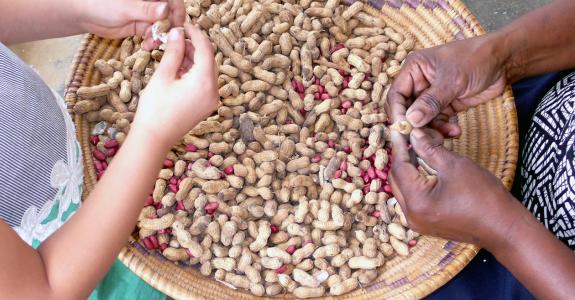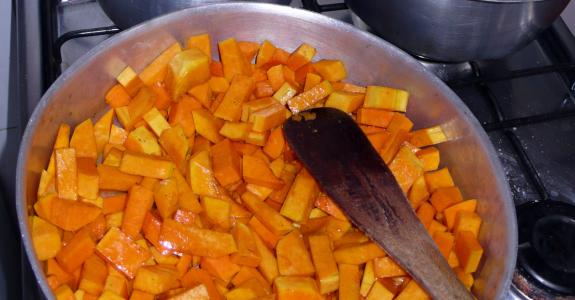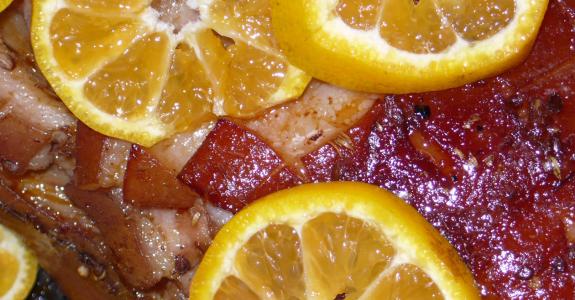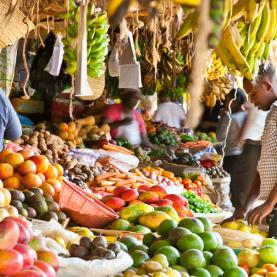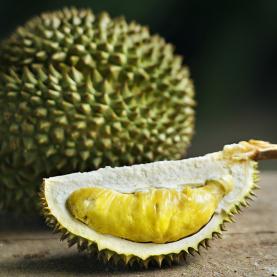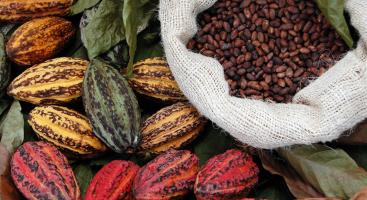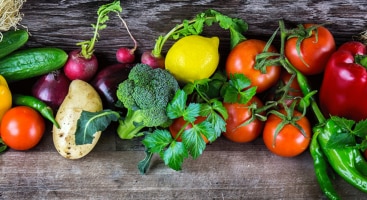A pork joint in Mbarara
The region is known for its Ankole longhorn cattle, but during my last visit five years ago I had insisted on cooking pork belly for 25 guests. I must have done something right because upon our arrival this time, Auntie Miriam instructed me to prepare pork for dinner the following day.
It is mid-December and I'm visiting family in Uganda's cattle capital Mbarara, 170 km south of the Equator. Five years had passed since we spent our last Christmas there. Back then, despite being in the region famous for its Ankole longhorn cows, I had stubbornly insisted on cooking the traditional Norwegian Christmas dish of pork belly for 25 guests. I must have done something right because upon our arrival Auntie Miriam instructed me to prepare pork for dinner the following day.
Warnings about consuming pork in hot Third World countries are plentiful. Tapeworm is the major cause for concern, and with good reason. In Uganda local butchers generally hang their meat on display at room temperature. Aging is out of the question, so most meat is fresh and tough as leather. Butchers tend to sell goat and beef. They rarely offer pork for fear of losing business due to the growing Muslim population, but in most Ugandan cities there are still places for people with that particular craving. Aptly called "pork joints", they sell raw or cooked pork and are usually tucked away in a back alley.
In Mbarara we revisited the same pork joint I had found some five years ago, the Nyarushanje Pub. The place is nothing like a conventional pub. It is a run-down establishment with a handful of worn-out chairs, paint peeling on the ceiling and a humming fridge packed with bottles of beer, such as Nile, Tusker and Bell. It’s a far cry from the New York twenty-draught craft-beer pubs I have grown so fond of.
To get to the meat I had to go through the pub and into a courtyard. The floor inside is made of the packed red dirt typical for the region. Out back is a small adobe building with a single window and a narrow entrance. The walls are blackened by the smoke pouring out of the window. I peek inside and glimpse large pink slabs of meat hanging from the ceiling. The smoke comes from a looming fire inside the room. This is a preservation method that dries and seals the skin of the pork, preventing flies from laying eggs. The adobe is about 5-10°C warmer than outside, bringing the room temperature up to a sweltering 35°C.
The butcher greets me with a big smile while keeping a firm grip on the large knife in his right hand. I ask him for a shoulder joint. He reaches into the adobe and hauls out a joint with ribs and all, a solid 15-kilo slab of animal. I rephrase and request a shoulder joint of about 4 kilos. He grins and disappears back into the adobe. This time he comes out with a smallish shoulder piece weighing exactly 4 kg. Perfect. I ask how fresh it is. He assures me, waving both hands, still holding the knife, that the animal died this morning. The butcher wants 36,000 Uganda shillings for the meat. I give him 35,000. He flashes a smile and bags the joint, leaving the amputated stump sticking out.
Back at Auntie's house I put the joint in the freezer with its skin facing down. The frozen surface makes it easier to cut with the blunt knife I have at my disposal. After about an hour the skin is hard and I score the skin, creating a 2 x 2 cm grid pattern. I rub generous amounts of salt and seasoning into the cuts. The seasoning comes from the local market and contains coriander seeds, cinnamon, cloves and cardamom, a mix traditionally used for pilau rice. It's also perfect for my choice of Christmas-style pork roast. I flip the joint with the meat/bone side up and repeat the same procedure, adding some chilli and fresh tangerine juice. Lastly I chop two red onions, spread them out on a 5 cm deep cooking tray and pour 3 cm of water into it. The joint is then placed in the tray with the skin down and covered with foil. The tray goes into the oven at 180°C.
After about 90 minutes I check on the roast. Plenty of succulent juice is bubbling in the tray. I spoon the juice into a separate pot and put the roast back in the oven, still covered. It will be slow cooking for about six hours.
Time now to focus on the side dishes. I'm making butternut squash with groundnuts, a beetroot and green bean salad as well as mushroom gravy to accompany the meat.
The groundnuts come from the plot at the back of Auntie Miriam's house
Suki, my six-year-old daughter, is now helping Auntie peel the nuts. It's a sociable process where they chat, laugh, peel and taste. Most shells contain two or three nuts, so the conspiring peelers decide that four nuts will grant you a secret wish, the Ugandan equivalent of a four-leafed clover. Suki's pace picks up, her little fingers expertly crushing the shell to expose how many groundnuts are hiding in their pod. Before the woven basket is full, she has been granted three wishes.
Cousin Winnie is also hard at work. She is preparing an avocado salad plus some more traditional Ugandan dishes like green pea stew, creamed gobe, which is made up of the spinachy greens from a small bean plant, and steamed matoke, the regional staple of savoury banana.
The house has two kitchens, one with a gas oven inside the house, the other with a coal-fired oven outside. Winnie and I shuttle between them.
I roast the groundnuts with salt in a cooking pan and leave them aside. The already peeled and diced butternut squash is now sizzling and softening in the pan. To make the reduced gravy I keep pouring pork stock from the tray into another pot on the stove. Then I squeeze the juice from 4 tangerines and throw in a handful of dried mushrooms. On the side I peel and dice 1 1/2 kg beets and mix them with oil and vinegar. I toss them into another pot, which I cover with a lid. Once the beets have softened, I add the green beans and squeeze the juice of one lemon over the mix.
The meat is nearly ready. I turn the joint so the skin faces up, increase the heat to 280°C and remove the aluminium foil covering it.
After about 30 minutes, I check on the roast and find it bubbling in the oven. To my frustration, despite some promising popping sounds the skin is not getting crisp. I now realize that this gas oven does not have a grill function, so I have to abandon my attempts at making the skin crackling. I take the meat out of the oven and let it cool for five minutes while I put the finishing touches on the side dishes. I crush the peanuts coarsely and mix them with the squash. The purple coloured skin of the nuts complements the orange squash. The green beans and deep purple beets create another nice contrast.
I seasoned the pork shoulder with salt, coriander, cinnamon, cloves and cardamom. We balanced the plates on our knees and enjoyed the meal
Out comes the meat. It is super juicy despite the high heat, and falls apart like pulled pork. I carefully separate different cuts, trying to follow the muscles of the animal. I arrange the pieces on a tray and pour generous amounts of gravy over it. Winnie and I carry our creations into the living room where the whole hungry family is gathered. The sun has set, its rays replaced by the glow from the fluorescent bulb in the ceiling. Auntie blesses the food and gives thanks that we are once again gathered together at the Equator to eat and be merry. We serve ourselves, children first, and get comfortable on sumptuous sofas, carefully balancing full plates on our knees.



